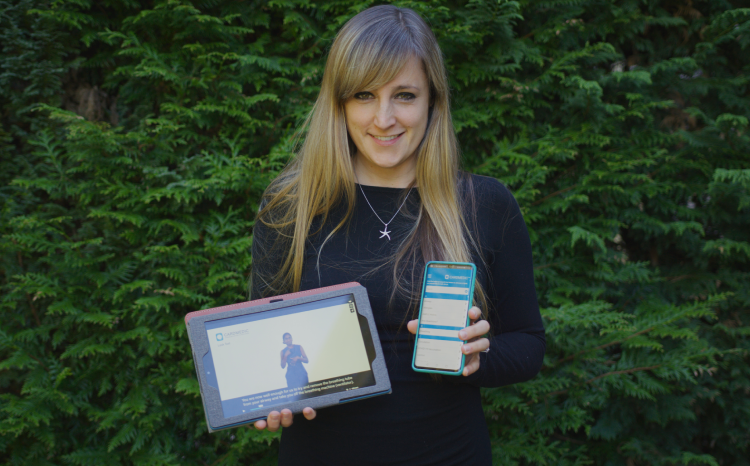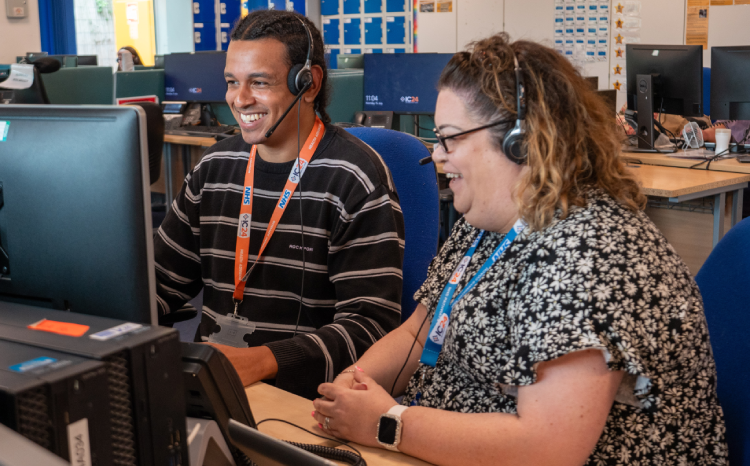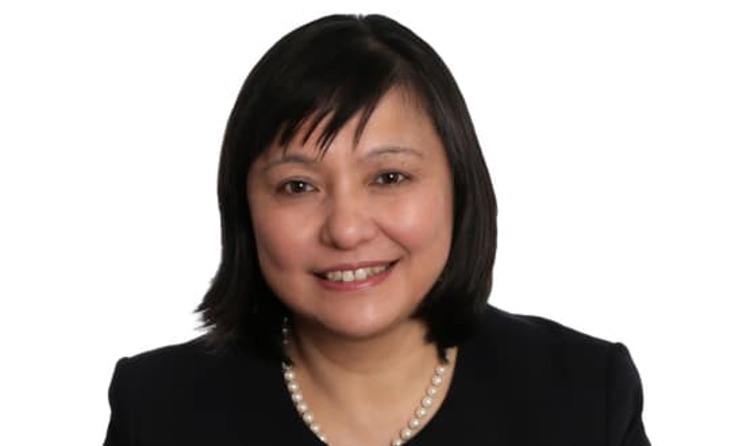While working as a hospital chief nurse, and trying to understand why a digital project was proving challenging, Rhonda Collins encountered the concept of cognitive load. It’s an idea that’s now central to her work at clinical communications company Vocera, as Claire Read discovers.
Rhonda Collins can precisely pinpoint the moment she first became interested in the concept of cognitive load. She was serving as chief nurse at 1,200 bed hospital in Dallas, Texas, surveying a challenging and challenged digital project – and feeling enormously frustrated.
“I had made a point to involve physicians and nurses and everyone in the selection of this technology, spent millions of dollars on it, and I was having trouble with the nurses fully adopting it,” remembers Collins.
“And I thought: ‘Here we go again. We’ve spent all this money and I’m not getting what I really thought I was going to get out of this.'”
She wanted to understand just what was going wrong; “to look at what plays into a nurse or other clinician adopting technology at the bedside”.
And that is how she came across the notion of cognitive load. It’s the idea that our available mental capacity constantly varies, dependent on what is going on in our current environment as well as in our lives more generally.
If you’re seeking a crash course in the subject, just consider the past 12 months. Has a problem that would normally roll off your back suddenly seemed insurmountable in the context of a pandemic and all its associated challenges and sadnesses? Welcome to cognitive (over)load.
Remembers Collins: “I began to understand the impact that cognitive load has on a nurse’s ability to learn, to care for patients, to absorb the environment around them, and to remain safe, to remain engaged.”
And, notably, how it might therefore affect uptake of digital technology. “The common notion is that technology adds to that cognitive burden,” says Collins. “What I wanted to do was prove that technology could lift cognitive burden; it could actually help eliminate it.”
It’s a mission that is in imbued in her work at Vocera, for which she’s served as chief nursing officer since 2014. The company’s central aim is to improve communication between clinicians – “we don’t achieve anything in healthcare without that” – but it has a very specific focus.
“I believe that an electronic patient record (EPR) does a fantastic job; it creates this repository of robust information. But people still need to talk to each other; to urgently communicate in the healthcare environment so they can care for the patient. That’s what we’re focused on.”
In many organisations, such communication has traditionally meant significant cognitive load. Clinicians have had to negotiate complex switchboard systems, with little guarantee of swiftly reaching the colleague they are seeking to contact. Extension numbers have had to be memorised or scribbled down somewhere.
“Honestly, if you sit down and talk to most clinician, there are five things they want addressing that will solve about 80% of their problems,” says Collins. “And it always has to do with finding people, being able to talk to the right people, knowing who’s who, who’s on call, who’s responsible, who do I communicate with. Those are the problems that wear people down.”
In broader society, mobile phones have eased those kind of issues. But Collins and her colleagues do not believe such devices are a workable solution in a healthcare context.
“When I did my research on that, nurses said: ‘I have a really hard time carrying a mobile phone when I’m working, because I need both of my hands. I have patients pulling out IVs, I have patients who are trying to get out of bed, and I can’t hold them up with one hand, pull a phone out, put my code in it and use it’.”
The solution Vocera has therefore developed is a voice-activated ‘badge’ device. Tell it to call a specific individual or to contact whoever is on call and it will do just that. Ask the device to remind you that Mr Jones’ vital signs need taking in 15 minutes and it will do that too. And – particularly important in these pandemic times – it can be used entirely hands free and worn under PPE.
“You can wake it up with your voice, with a keyword, and have conversations with whomever you need to have conversations with,” explains Collins.
“It can carry the burden of memory. It can give information to people at the time that they need it, and the context that they need it, so they don’t have to be running back and forth to workstations or taking bits of information like lab values out of context. It keeps that urgent, right-now information in context.”
Understanding the context is something Collins talks about a lot. She argues it’s vital to knowing whether a digital intervention is liable to reduce or add to cognitive load – and thus whether clinicians will embrace it.
“Folks who are in a hospital working at the bedside do not easily change, and the margin of acceptance of change is razor thin. In other words, if you give me a device and it doesn’t work one time, I’m done,” stresses Collins.
“It’s not about how many clicks, not how many pages, not how many drop downs, because if the technology suits the context of their work, they will manage that: ‘Okay, it’s five clicks, that’s fine – it gets me where I need to go, it gives me information that’s essential to what I have to do.’ But if it doesn’t fit within the context of that daily job, there’s nothing you can do to make it acceptable.”
For Collins and Vocera colleagues, the aim is to create something which slots seamlessly into the lives of healthcare professionals – the clinical equivalent of your mobile phone’s navigation system.
“You’ll get a new address, and you’ll say ‘I kind of know where that is, but I don’t have to commit that to memory, I’ll use it when I need it.’ So you get in your car, you’ll turn on your phone’s navigation and the phone talks you to your destination. You’ve released all of that cognitive load because you know that the phone is going to get you there.
“At Vocera, that’s how we view software. It’s should always enhance the workflow, not create heavier workflow. I think, for chief information officers and chief clinical information officers, that is something that always has to be evaluated when you’re putting technology in the patient care environment.”
Contact Vocera:
Website: www.vocera.com
Twitter: @VoceraComm
Linkedin: Vocera Communications







